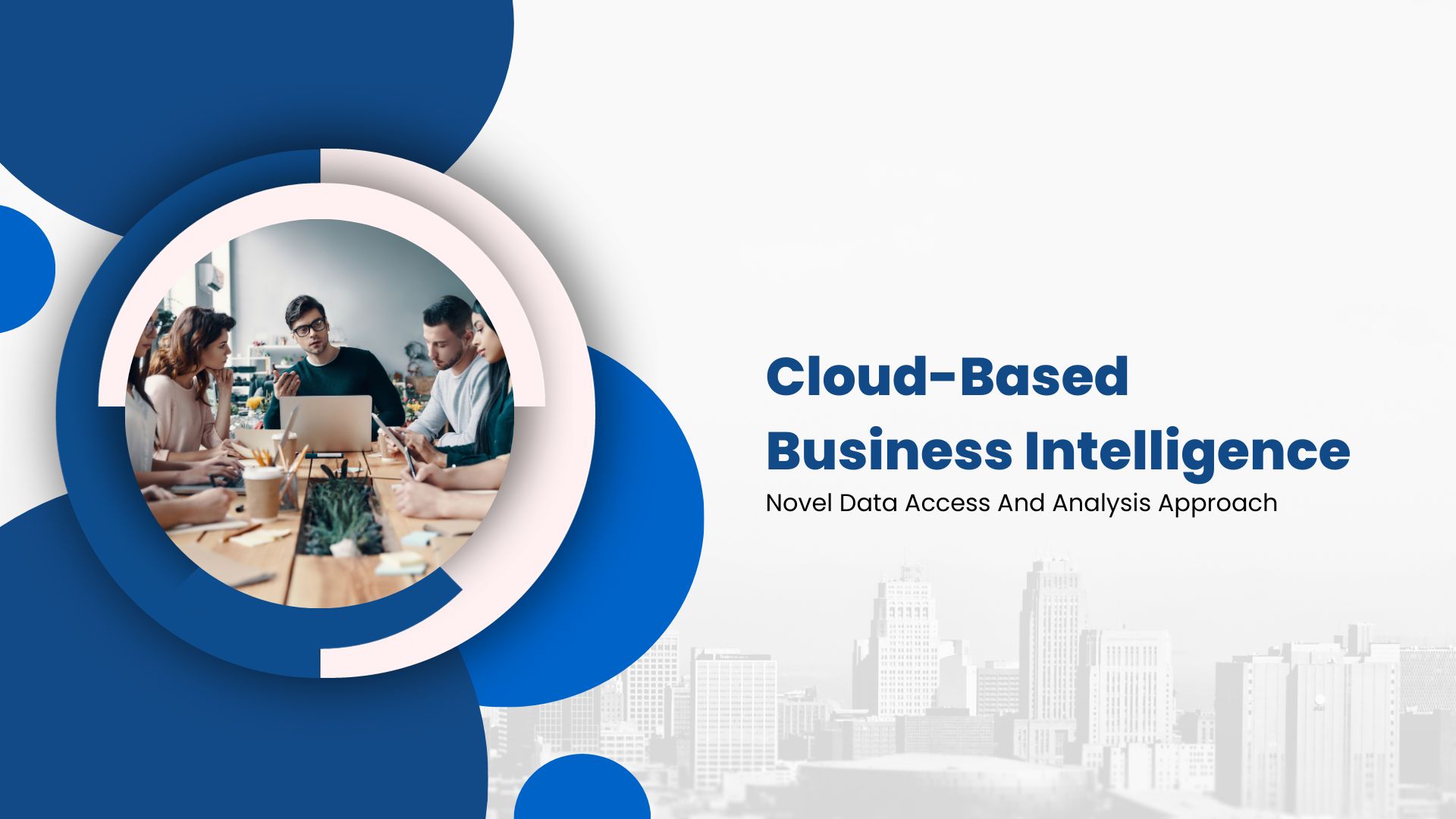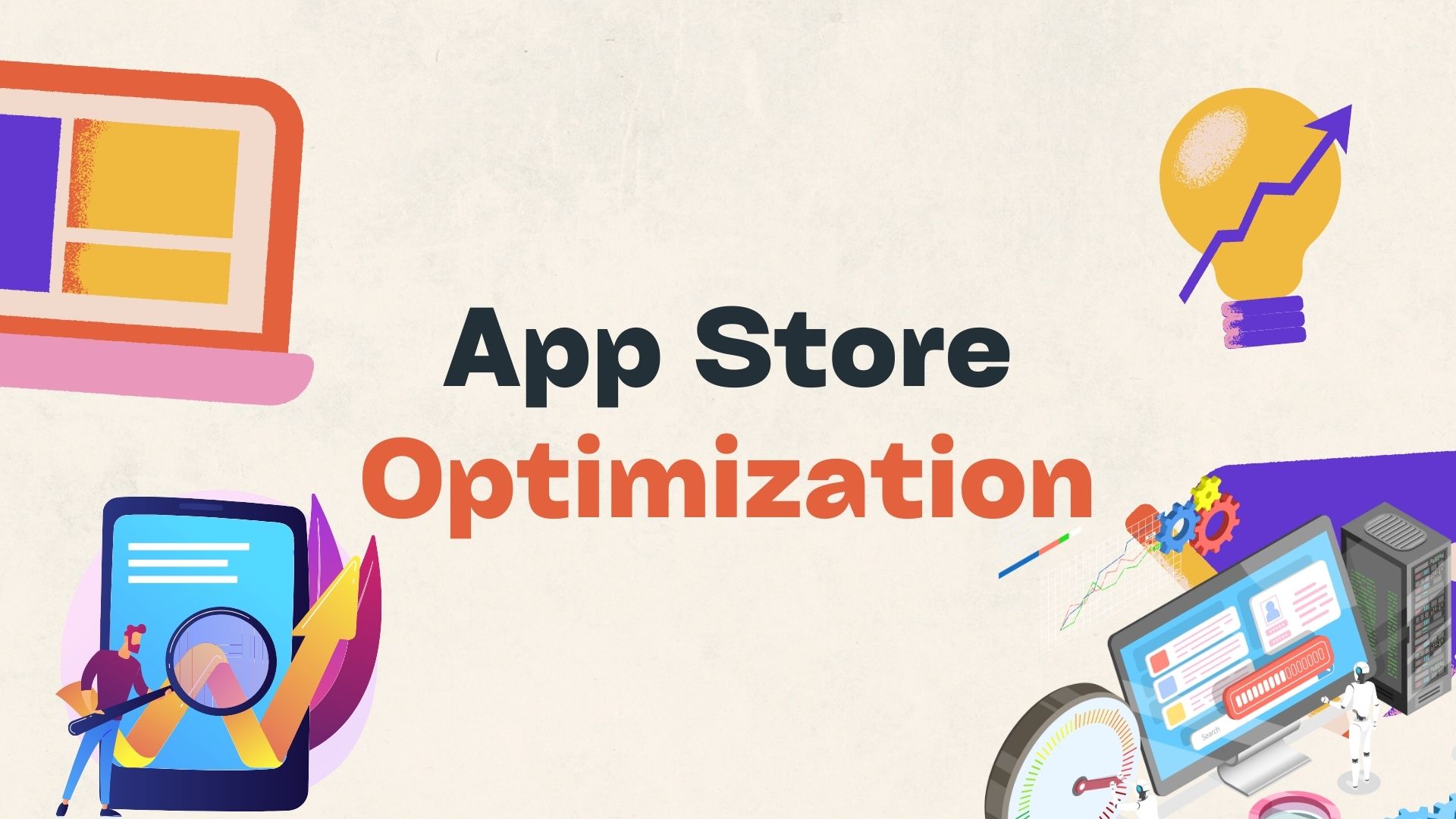Sentiment Analysis: 3 Points to Remember
As enterprises fine-tune their ability to understand what customers and the market are really saying – in the face of social-media data so massive that its entry into the cloud sometimes has to be delayed to achieve “data consistency” – sentiment analysis is definitely something for IT to consider.
As defined on Wikipedia and elsewhere, sentiment involves analysis of clues to people’s opinions (typically in text) that is more sophisticated than “I’m interested in this product.” Examples include positive or negative trends in opinions when “objective” statements are filtered out, for example, or specific emotional states like “angry” or “happy.” As practiced by pros such as Google, sentiment analysis gets beyond click-stream counting and even “percent buying” to understand the overall attitude of the customer toward products and brands.
However, sentiment analysis is not a customer relationship cure-allUsers of business intelligence and analytics should keep three things in mind about the use of sentiment analysis:
- It's not simple.
- It doesn't work as well in isolation.
- Defining the right target of the analysis is key to success.
Let's discuss these three important points:
Sentiment Analysis Is Not Simple
Is the right way to measure sentiment a positive/negative scale, a finer-grained least-to -most-positive scale, degree of sentiment (subjectivity/objectivity) or “feature/aspect-based” sentiment analysis that divides opinion among features of a product or solution?
Do you want to focus on social conversations, surveys, contact-center notes, forms fill-out information such as warranty and insurance claims, online news, presentations or scientific papers?
Which sources do you want to pull from: Google, LinkedIn, Facebook, e-communities, feedback in such places as hotel/restaurant ratings sites or Angie’s List, or even (as we are beginning to see) speech, video, and facial images?
A wealth of opportunities for new insights means a wealth of chances to be mistaken because of biased statistics or the wrong choice of measurement or data. Know your statistical requirements going in.
It doesn't work as well in isolation
It’s early days yet for sentiment analysis tools, so things like the user interfaces typically employed for business intelligence or analytics may or may not be there. You may need to supply the link between a sentiment and a business outcome, or classify sentiments by customer profiles.
Look for a sentiment analysis tool that not only is somewhat integrated with an established BI tool but also provides “plug-ins” or “adapters” for various data sources, sentiment or otherwise. (This capability can be provided by either the sentiment analysis tool or the BI tool.)
Defining the right target of analysis is key to success
As agile marketing is now noting, many organizations are still operating on the basis of corporate opinion about their customers rather than hard facts. Thus, it is vital to the success of your sentiment analysis that you target your customers carefully.
You should consider the degree to which the data extends outside the customer base/potential market, whether you are only targeting customers passionate about the product (which does not necessarily translate to those who are the best ongoing customers), and what part of the buying/follow-on buying/upgrading decision you are tapping into. Ideally, the sentiment analysis will be holistic, considering things like network effects — but, practically, a nugget of insight that ensures better targeting of real customers is usually “good enough.”
Sentiment analysis is definitely worth increased attention, from both IT and marketing organizations. However, it’s not yet anywhere near the answer to all your customer relationship needs. Keeping in mind my “three things,” use sentiment analysis with appropriately modest expectations and indications are that you will be more than satisfied.
Wayne Kernochan is the president of Infostructure Associates, an affiliate of Valley View Ventures that aims to identify ways for businesses to leverage information for innovation and competitive advantage. Wayne has been an IT industry analyst for 22 years. During that time, he has focused on analytics, databases, development tools and middleware, and ways to measure their effectiveness, such as TCO, ROI, and agility measures. He has worked for respected firms such as Yankee Group, Aberdeen Group and Illuminata, and has helped craft marketing strategies based on competitive intelligence for vendors ranging from Progress Software to IBM.

Wayne Kernochan has been an IT industry analyst and auther for over 15 years. He has been focusing on the most important information-related technologies as well as ways to measure their effectiveness over that period. He also has extensive research on the SMB, Big Data, BI, databases, development tools and data virtualization solutions. Wayne is a regular speaker at webinars and is a writer for many publications.


